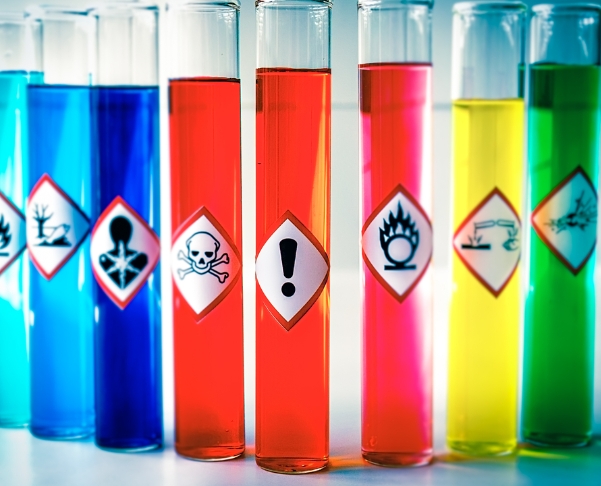Chemicals play a pivotal role in various industries, ranging from manufacturing and agriculture to healthcare and technology. Understanding the main types of chemicals and their applications is crucial for professionals and enthusiasts alike. In this comprehensive blog post, we will delve into the diverse world of chemicals, exploring their classifications, properties, and real-world applications. So, let's embark on this enlightening journey and unravel the secrets of chemicals.
- Inorganic Chemicals:
Inorganic chemicals form the foundation of many industrial processes. They include compounds that do not contain carbon-hydrogen bonds. Some prominent examples include acids, bases, salts, and metal compounds. Inorganic chemicals find applications in metallurgy, water treatment, construction, and electronics. For instance, sulfuric acid is widely used in the production of fertilizers, while sodium chloride (table salt) is essential for food preservation and seasoning. - Organic Chemicals:
Organic chemicals are compounds primarily composed of carbon and hydrogen atoms. They form the basis of life and are extensively utilized in various industries. Organic chemicals can be further classified into several subcategories, such as hydrocarbons, alcohols, aldehydes, and polymers. Hydrocarbons, including methane and ethane, serve as the building blocks for fuels and plastics. Alcohols like ethanol find applications in solvents, disinfectants, and fuel additives. Polymers, such as polyethylene and polypropylene, are essential in manufacturing plastics, fibers, and packaging materials. - Specialty Chemicals:
Specialty chemicals are unique compounds that cater to specific applications and industries. They possess high value due to their specialized properties and functionalities. This category encompasses a wide range of chemicals, including catalysts, surfactants, dyes, flavors, fragrances, and performance chemicals. Catalysts play a crucial role in chemical reactions, enhancing their efficiency and selectivity. Surfactants find applications in detergents, personal care products, and industrial processes. Dyes and pigments add color to various products, while flavors and fragrances enhance the sensory experience. Performance chemicals, such as specialty polymers and additives, improve the performance of materials in specific applications, like automotive, construction, and electronics. - Agricultural Chemicals:
Agricultural chemicals, also known as agrochemicals, are substances used in farming to enhance crop production and protect against pests, diseases, and weeds. This category includes fertilizers, pesticides, herbicides, and plant growth regulators. Fertilizers provide essential nutrients to plants, promoting healthy growth and higher yields. Pesticides and herbicides help control pests and weeds, safeguarding crops from damage. Plant growth regulators influence plant development, optimizing yield and quality.
Conclusion:
Chemicals are the building blocks of modern society, driving innovation and progress across industries. In this blog post, we explored the main types of chemicals, including inorganic chemicals, organic chemicals, specialty chemicals, and agricultural chemicals. Each category encompasses a vast array of compounds with diverse applications. By understanding the different types of chemicals and their applications, we gain insights into the intricate world of chemistry and its impact on our daily lives.

